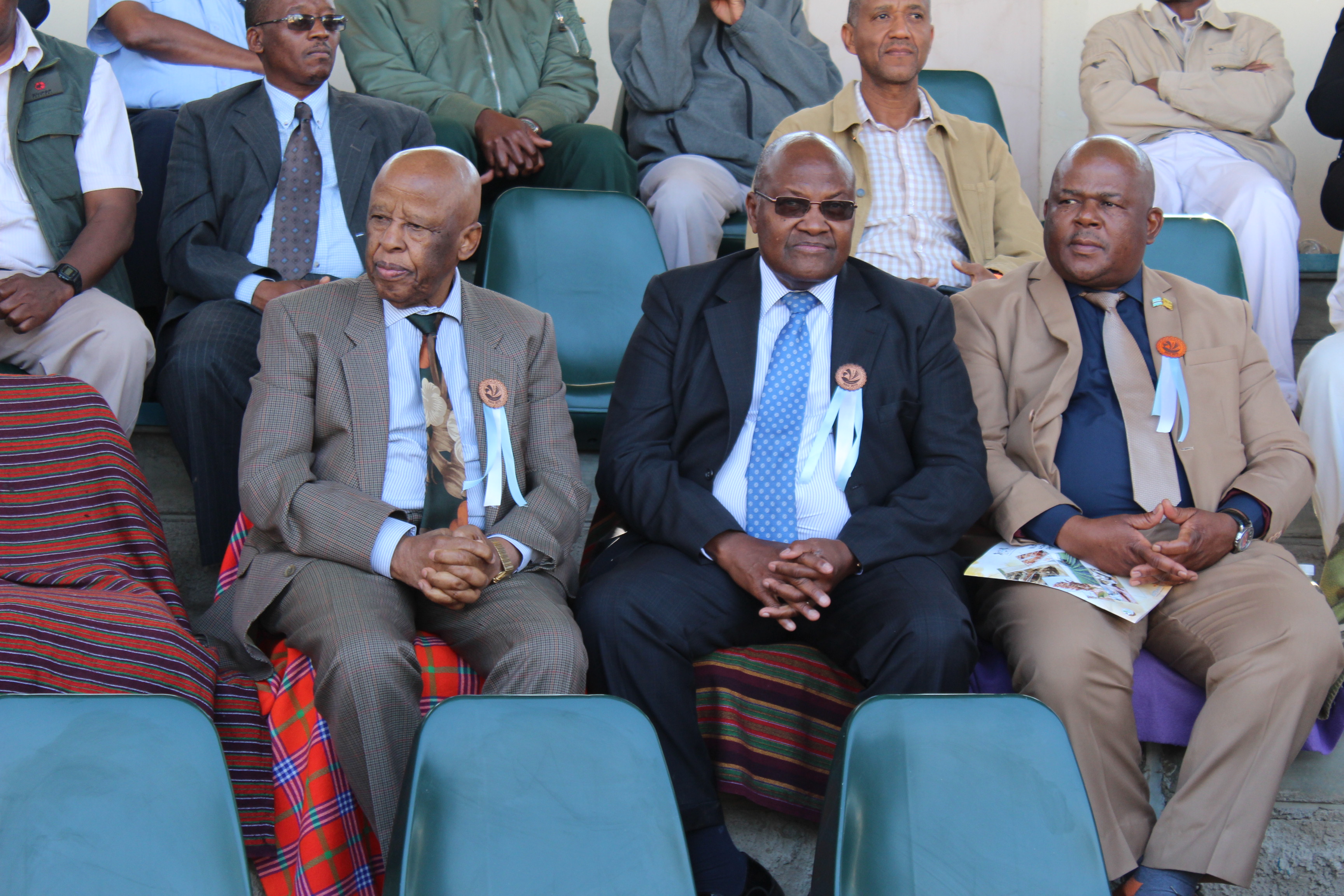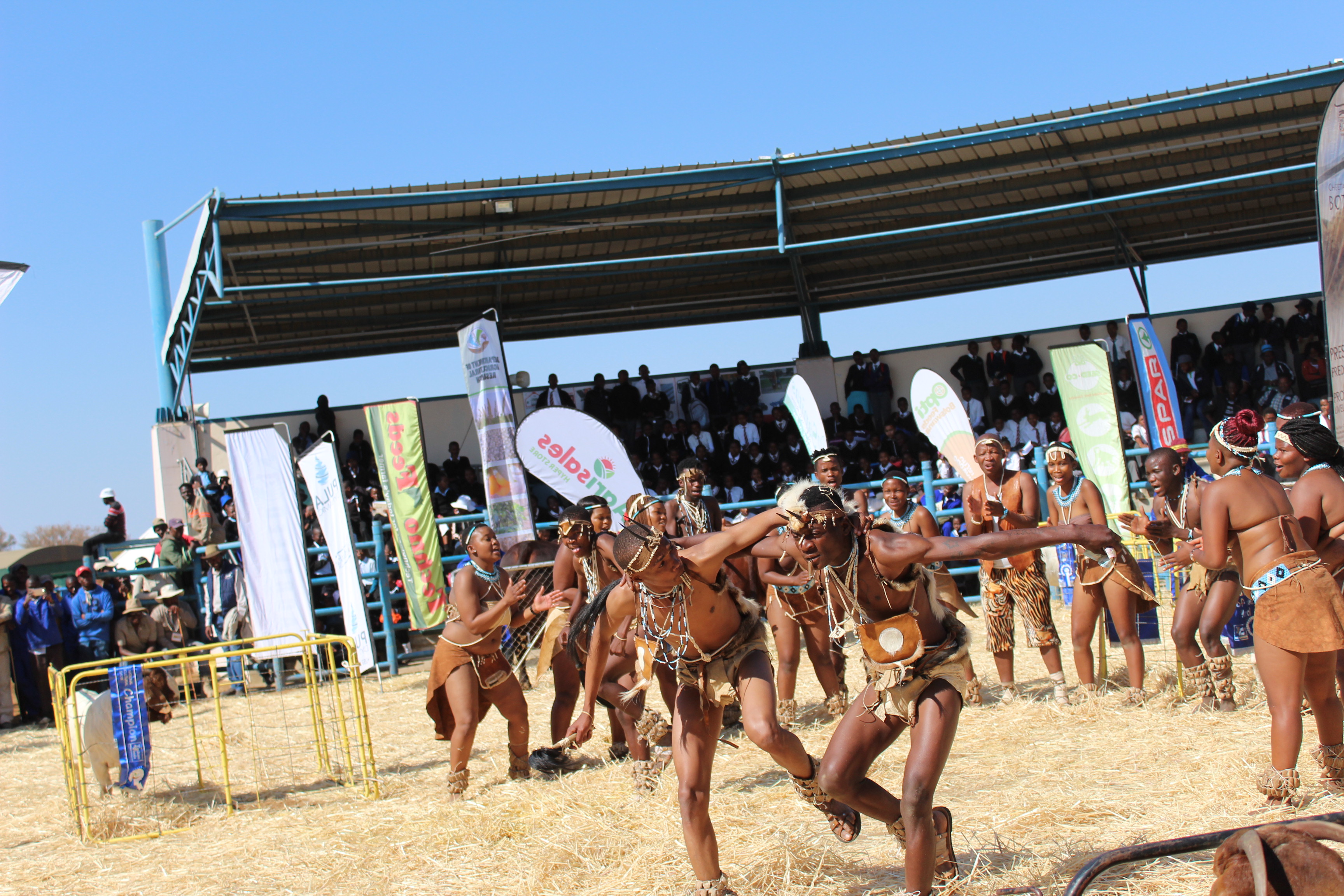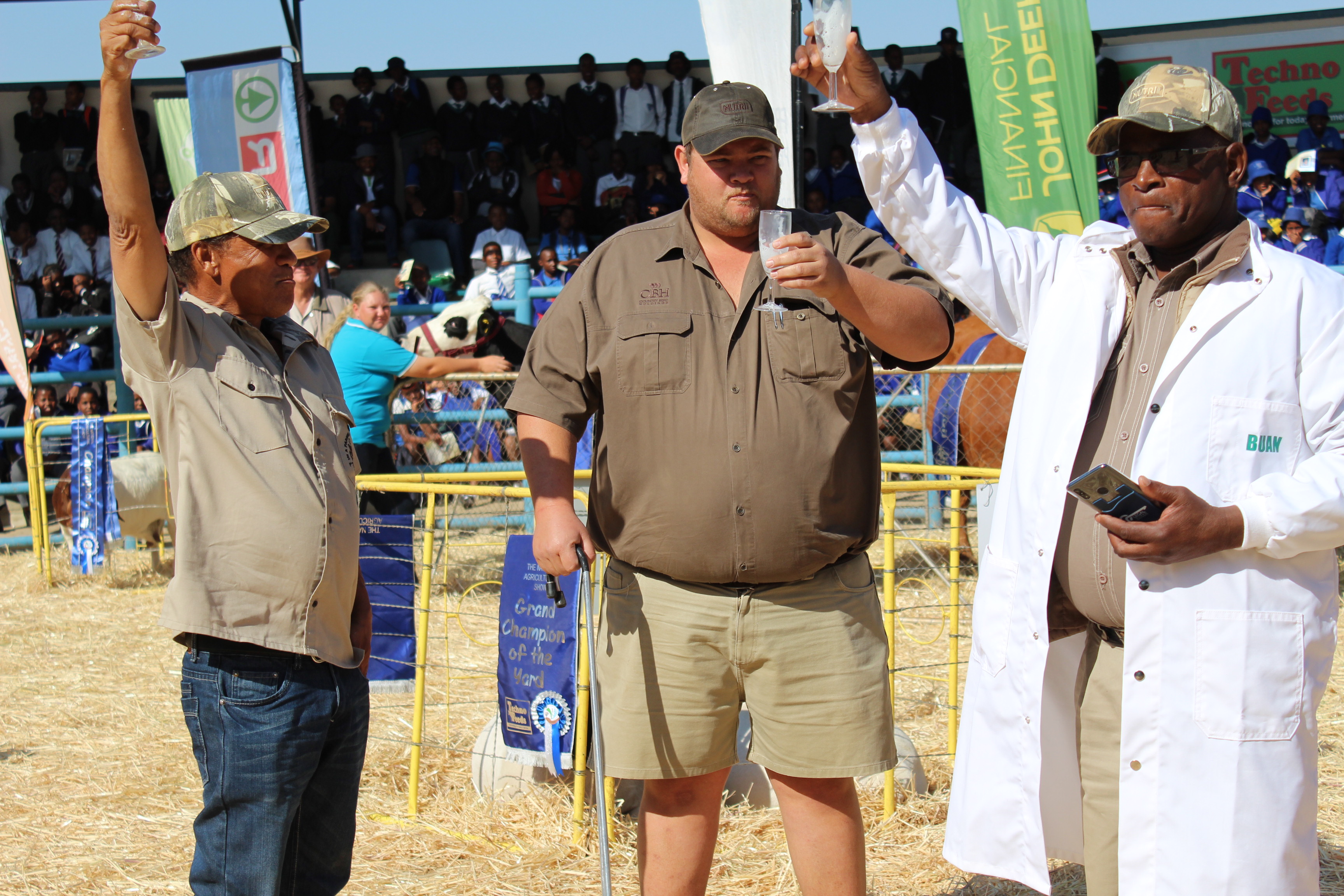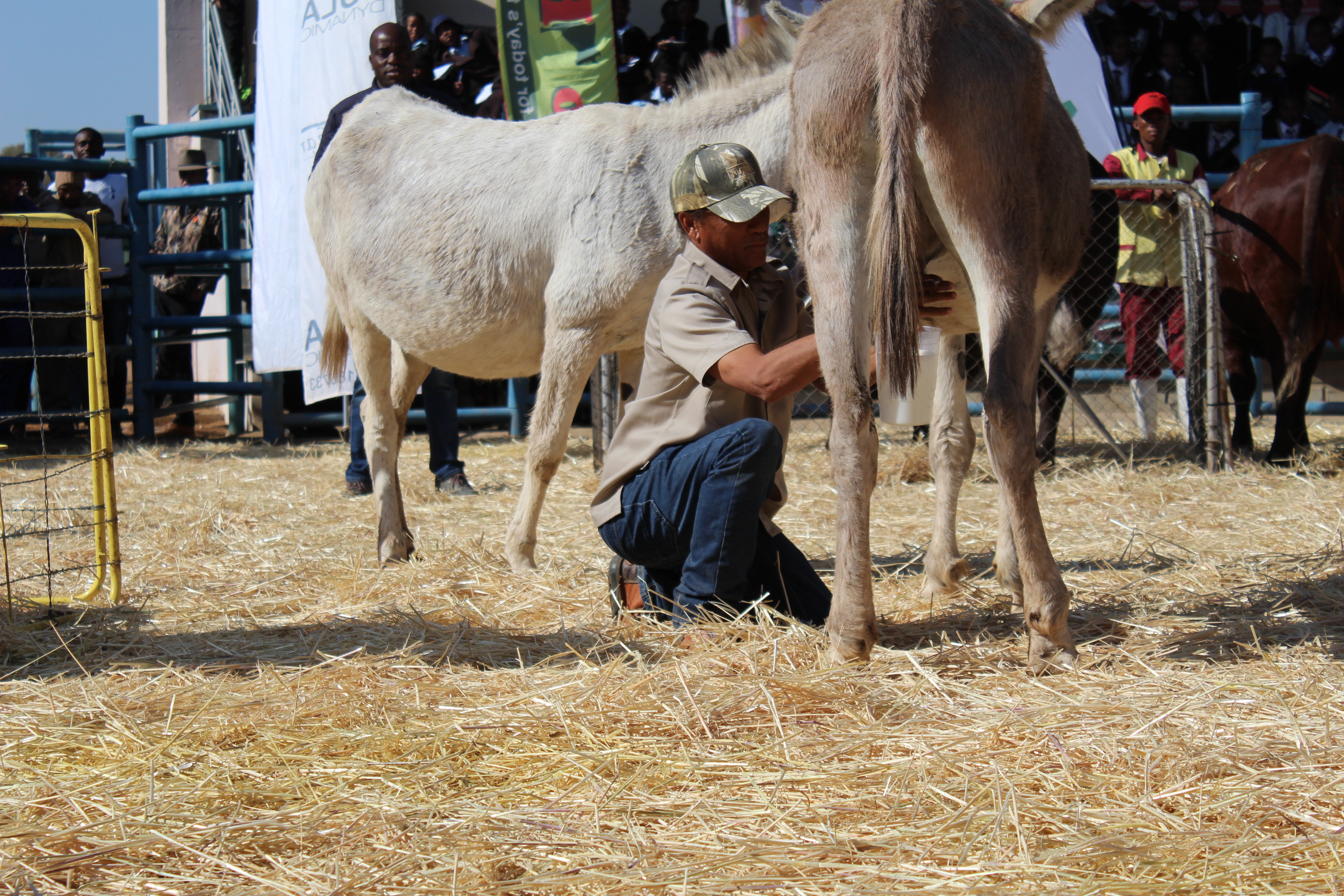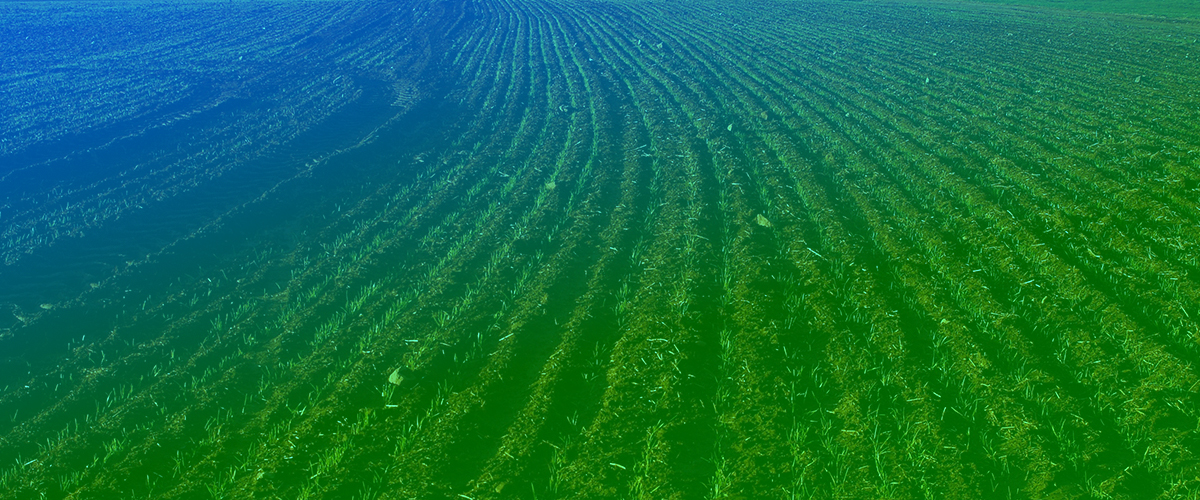National Policy on Climate Change for Namibia - 2011
This document is a National Climate Change Policy (NCCP) for Namibia. It presents information about the main expected impacts of climate change and, those most vulnerable to climate change. The document also proposes objectives that the Government of Namibia will aim to achieve through an effective and efficient response to climate change. This policy was developed based on information obtained from prior climate change related studies that were undertaken for the First Namibia National Communication (FNC) to UNFCCC as well as that used to prepare the Namibia’s Second National Communication (SNC) and the assessment of financial and economic flows. Lastly but not least, input from various stakeholders have been incorporated.
Climate Change
Namibia
Ministry of Environment and Tourism
Environment
Tourism
The Ministry of Environment & Tourism, 2011. National Policy on Climate Change for Namibia - 2011, Direrctorate of Environmental Affairs, Windhoek, Namibia


